Load Balancer vs Reverse Proxy: Web Performance & Security
In the complex landscape of network management, understanding the distinct roles and functionalities of reverse proxy servers and load balancers is essential. Our discussion, "Load Balancer vs Reverse Proxy," will clarify how these technologies optimize web traffic and enhance server efficiency. By examining their mechanisms and key use cases, this article aims to demystify their differences and highlight how they contribute to smoother and more secure network operations.
What Is Load Balancer?
A load balancer is a crucial tool used when a website experiences high traffic volumes and requires the support of multiple servers. This tool ensures that no single server becomes too busy, which can slow down processing, and enhances the website's reliability by preventing service disruptions if one server fails. Typically, all servers contain the same data, and the load balancer's role is to evenly distribute traffic among them. This distribution ensures that no server is overwhelmed, each server is utilized efficiently, and users experience faster response times.
Load balancers use different methods to decide how to distribute the traffic across servers. Some methods include round-robin, which sends requests to each server in turn, and least connections, which sends new requests to the servers with the fewest current users. This smart management helps keep the servers running smoothly and can quickly shift users to less busy servers when needed.
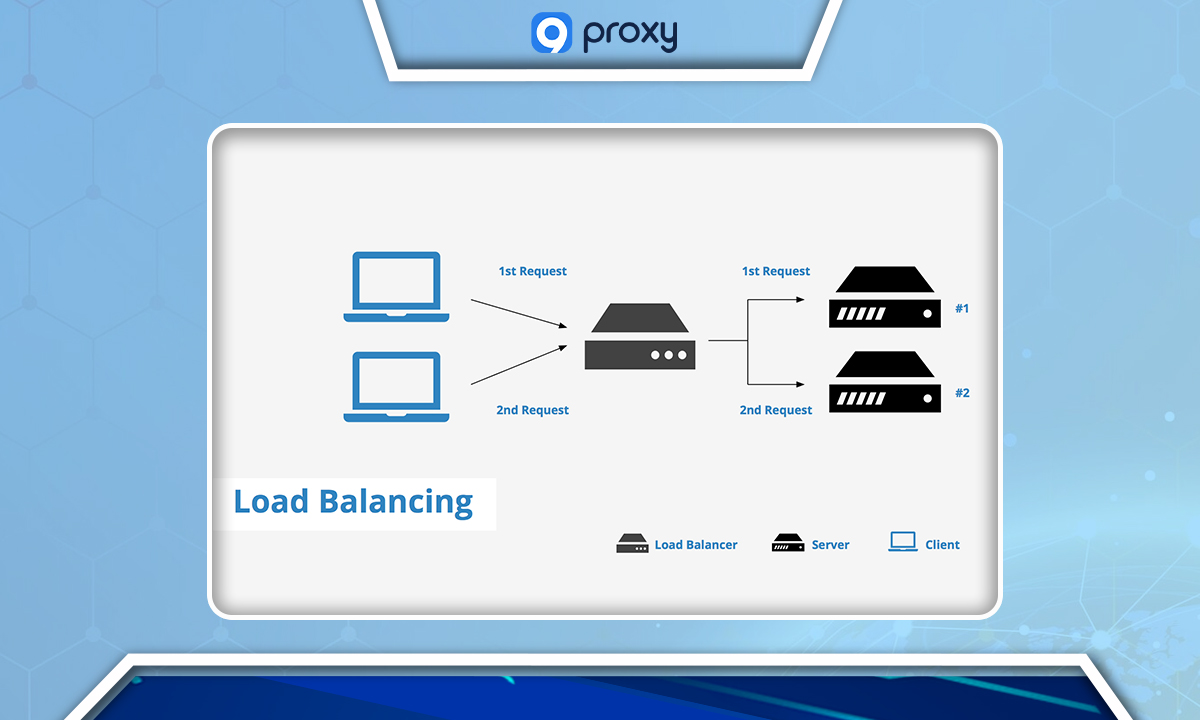
How Does a Load Balancer Work?
A load balancer helps distribute user requests across multiple servers to ensure no single server gets overwhelmed and the website remains responsive. Here’s a straightforward breakdown of how it works:
- A user types a website's URL into their web browser and sends a request (like an HTTP request).
- The load balancer receives this request from the user.
- It then chooses one server from a group of servers to handle this request.
- The chosen server processes the request and sends the data (such as the website page) back to the load balancer.
- Finally, the load balancer sends this data to the user’s browser, so they can view the website.
Though we've discussed handling web requests, load balancers can manage many types of network traffic and support various protocols, adapting to different needs.
The method a load balancer uses to decide which server gets the next request depends on the algorithm it uses, like round-robin or least connections. Each method has its way of balancing load to optimize server performance and response time to users.
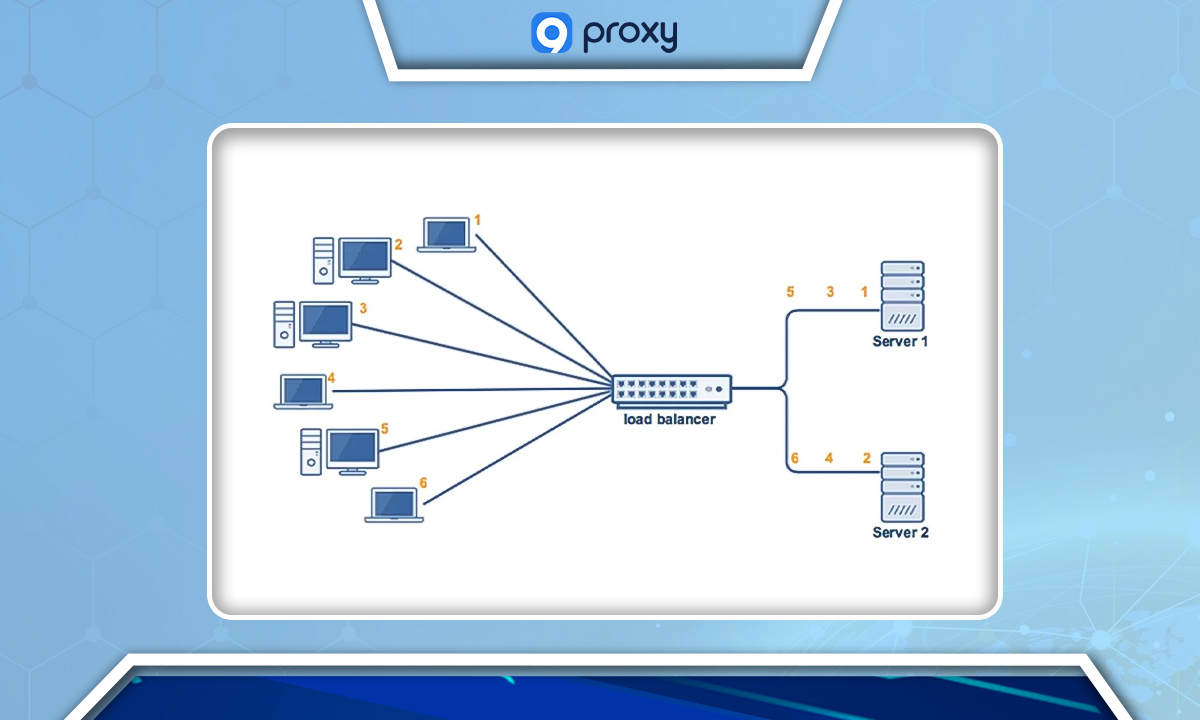
When Should We Use a Load Balancer?
Deciding when to implement a load balancer involves considering your needs for managing high traffic and maintaining efficient, reliable server operations. Here are key situations when a load balancer becomes essential:
- Ensure Application Reliability and Scalability: When your website or application grows and attracts more traffic, a load balancer helps in distributing this traffic across multiple servers. This prevents any single server from becoming a bottleneck, thus maintaining performance as demand increases.
- Manage Sessions or Maintain Application State: In environments where users have ongoing sessions (like when they're logged into a portal), load balancers can help manage these sessions across different servers without losing the user's data.
- Increase Fault Tolerance: Using a load balancer improves the overall uptime of your application. If one server fails, the load balancer quickly redirects traffic to the remaining operational servers, minimizing disruptions.
- Optimize Server Use for Efficient Resource Utilization: Load balancers ensure that no server is underutilized or overwhelmed, maintaining an efficient balance that maximizes the use of available resources.
What Is Reverse Proxy?
Unlike a load balancer, which is typically used when there are multiple servers, a reverse proxy can be beneficial even if you have just one web server or application server. Think of a reverse proxy as the "public face" of a website. It's the address that users interact with, and it sits at the network's edge, handling incoming requests from web browsers and mobile apps for the site's content.
One of the key advantages of using a reverse proxy is its ability to boost website performance. It does this by caching, or storing, frequently requested content. When users request this content again, the reverse proxy provides it directly instead of retrieving it from the web server every time. This reduces the workload on the web server and speeds up the response time for users.
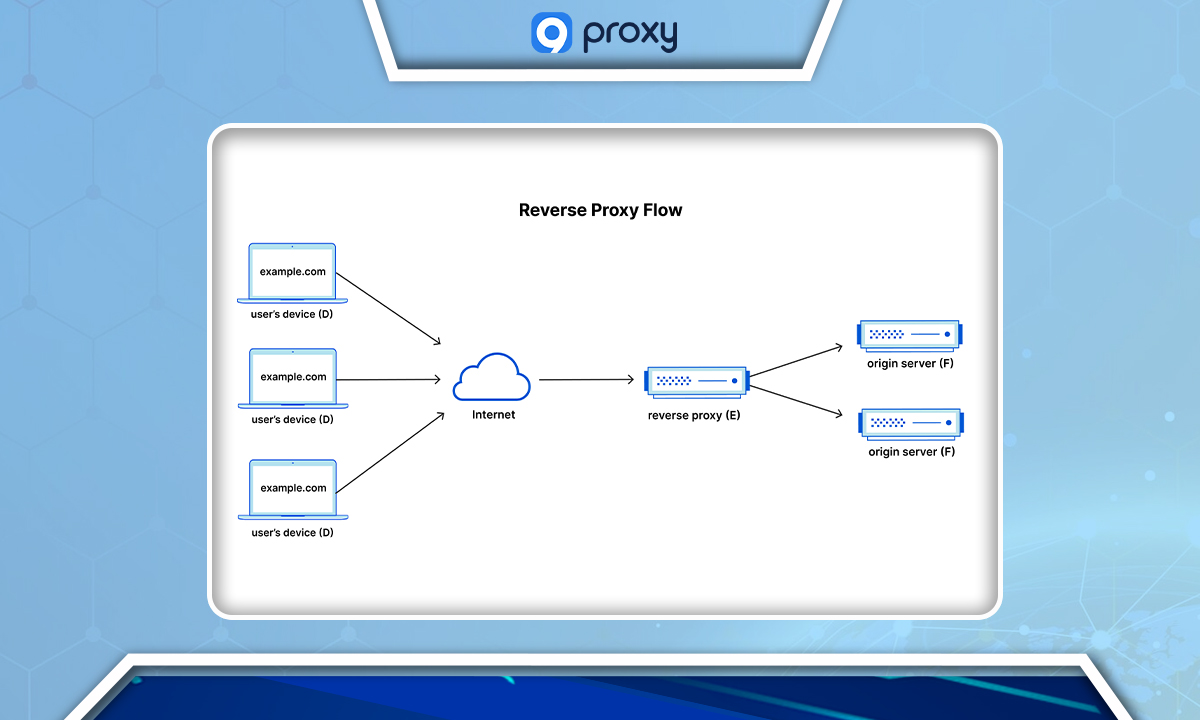
How Does a Reverse Proxy Work?
A reverse proxy operates by managing communication between users and a web server. Here’s a step-by-step look at the process:
- User Request: A user enters a website's URL into their browser, making an HTTP request that typically passes through a firewall.
- Request Handling: The reverse proxy receives this request first, before it reaches the server.
- Decision Making: The reverse proxy decides whether to allow or deny the request based on predetermined rules. If the request is allowed, it forwards it to the web server; if denied, it sends back an error message or a redirection to the user.
- Server Response: The web server processes the allowed request and sends the data back to the reverse proxy.
- Delivering Content: Finally, the reverse proxy forwards the server’s response to the user, completing the communication loop.
The term "reverse proxy" comes from the way it is configured in comparison to a standard proxy, or forward proxy. While a forward proxy is placed between a user and the internet to regulate outgoing traffic, a reverse proxy is positioned at the network’s edge, managing incoming traffic to protect and relieve the web server.
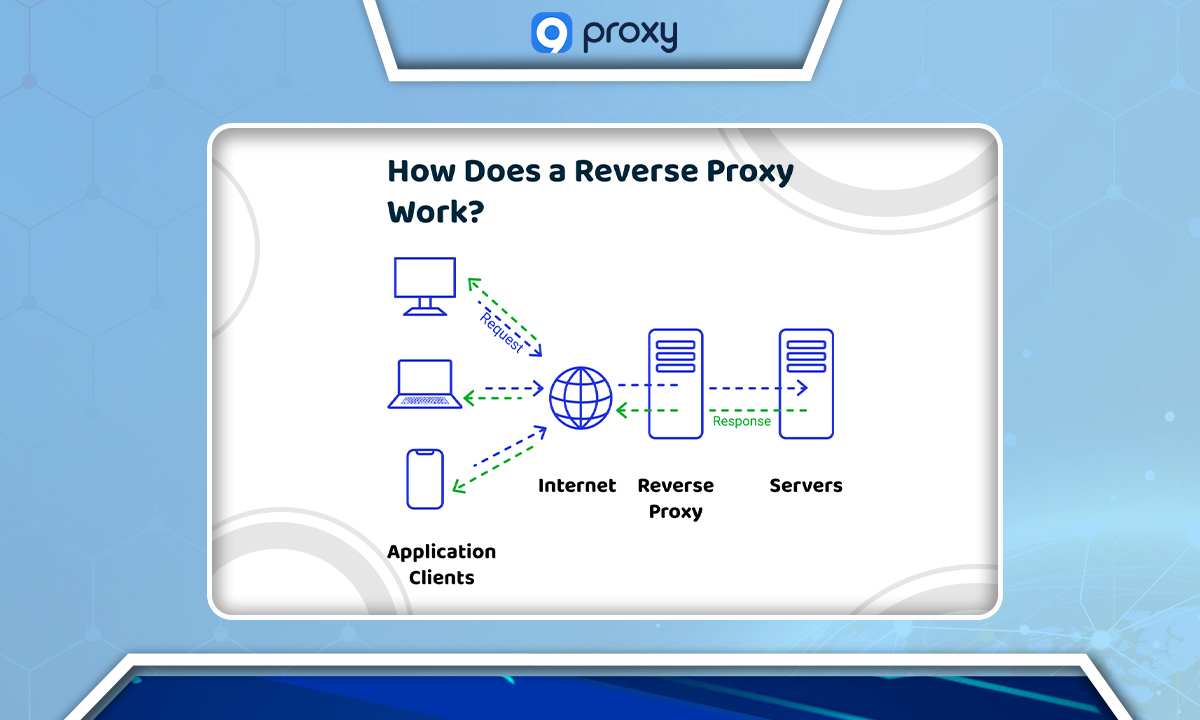
When Should We Use a Reverse Proxy?
Implementing a reverse proxy is highly beneficial in environments where control over application traffic and enhanced security are top priorities. Here are several key scenarios where a reverse proxy becomes particularly valuable:
- Caching Content: Use a reverse proxy to store copies of frequently accessed content. This can significantly speed up loading times for users by reducing the need to fetch the same content repeatedly from the web server.
- Encrypting and Decrypting Data: A reverse proxy can handle the encryption and decryption of data, adding an extra layer of security. This is crucial for protecting sensitive information transmitted between the user and the server.
- Managing SSL Connections: Handling SSL (Secure Sockets Layer) connections through a reverse proxy helps in offloading the computational burden associated with encrypting and decrypting data from the web server. This makes SSL management more efficient and less resource-intensive for the server.
- Performing Deep Content Inspection and Application Firewall Functions: A reverse proxy can inspect the content and requests deeply before they reach the server, functioning as an application firewall. This helps in filtering out malicious requests and preventing attacks on the server.
Comparing a Load Balancer and a Reverse Proxy
Traffic Distribution
A load balancer's core role is to distribute incoming network traffic evenly across multiple servers. This is essential in scenarios with multiple servers facing high traffic volumes, ensuring no single server becomes overwhelmed. Conversely, reverse proxies are optimized for caching and efficiently delivering content, making them ideal for managing static content requests from a single source.
Security and Anonymity
Both load balancers and reverse proxies enhance security by mitigating risks like DDoS attacks. However, reverse proxies offer the added advantage of anonymity. By masking the origin server's IP address and routing incoming external traffic through the proxy first, they complicate the task for potential attackers trying to pinpoint the origin server.
Scalability and High Availability
Load balancers excel in spreading out traffic and resources among several servers, facilitating easy scaling in response to increasing demand. This feature is invaluable in high-traffic situations. While reverse proxies might not be inherently scalable due to their typical configuration of directing traffic to a single server, they boost performance by caching commonly requested content.
SSL Termination
Both technologies are equipped to manage SSL termination, which involves decrypting SSL/TLS encrypted traffic before passing it on to a server. In environments with load balancers, SSL termination is typically handled at the load balancer level, enhancing security and offloading processing from the backend servers. In contrast, SSL termination in a reverse proxy setup is generally conducted at the proxy itself.
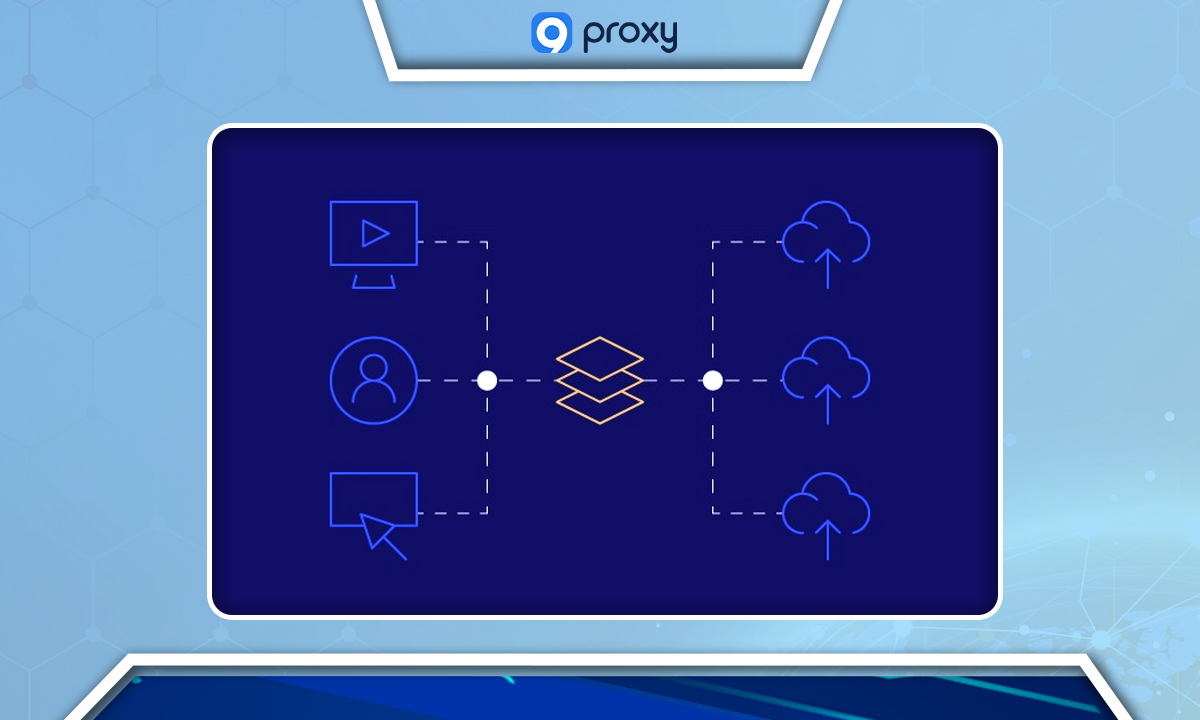
FAQS
What is the main difference between a load balancer and a reverse proxy?
A load balancer's primary function is to evenly distribute incoming network traffic across multiple servers, enhancing resource utilization and overall performance. In contrast, a reverse proxy serves as an intermediary for requests from clients seeking resources from servers. It provides enhanced security, efficient caching, and SSL termination.
Can I use a load balancer and a reverse proxy together?
Absolutely, combining a load balancer with a reverse proxy is a common practice. This configuration allows the load balancer to efficiently distribute traffic across various servers, while the reverse proxy enhances security and caching. This dual setup not only optimizes performance but also fortifies the security of backend servers.
Do you need a reverse proxy if you have a load balancer?
Typically, a load balancer can fulfill most functions of a reverse proxy, especially in terms of distributing traffic. However, in specific scenarios where specialized caching or additional security layers are needed, an open-source reverse proxy could be beneficial. These cases are more the exception than the norm.
Can reverse proxies provide the same level of performance as load balancers?
Not exactly. While reverse proxies enhance speed by caching content, load balancers are specifically engineered to distribute traffic optimally among servers. This makes load balancers more effective at managing server loads evenly, ensuring smooth operation during peak traffic periods.
Conclusion
To wrap things up, when discussing load balancer vs reverse proxy, it's clear that both play crucial roles in managing web traffic. Reverse proxies are integral to bolstering security, boosting performance, and enhancing scalability. They adeptly manage the flow of user requests to backend servers, providing valuable functions such as data caching and SSL termination. On the other hand, load balancers are vital for maintaining high availability and scalability in web operations. They distribute incoming traffic across several servers, ensuring no single server becomes overwhelmed. In many modern web infrastructures, reverse proxies and load balancers collaborate seamlessly to streamline web traffic and improve overall application performance.
Get Newsletters About Everything Proxy-Related